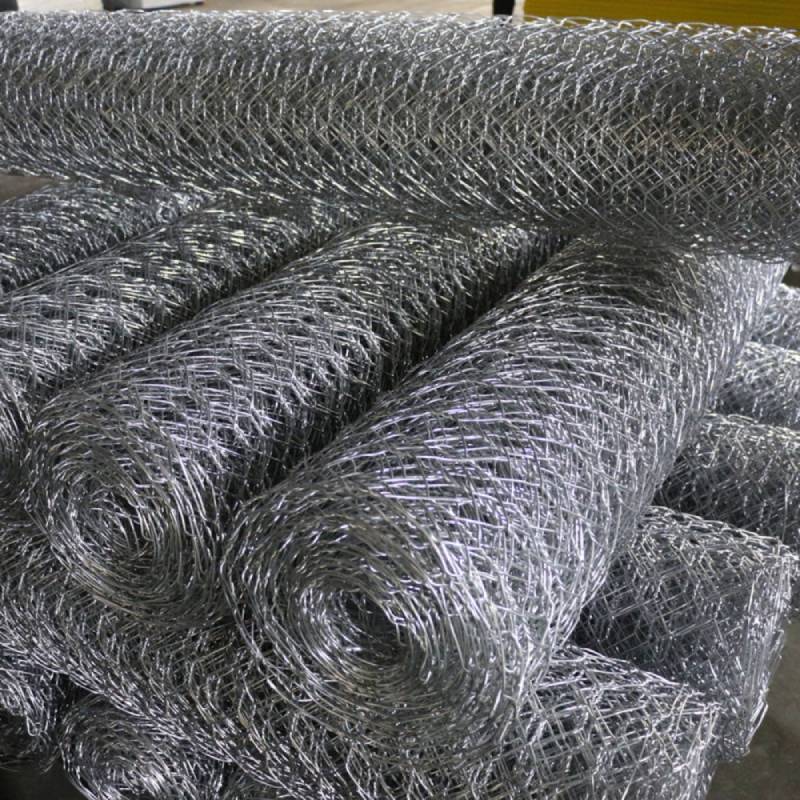Trends and Factors Influencing Razor Wire Pricing Today
Understanding Razor Wire Prices Factors and Trends
Razor wire is a highly effective security solution that combines deterrence and physical barriers to protect properties from unauthorized access. Its sharp barbs and easy installation make it a popular choice for residential, commercial, and industrial applications. However, the price of razor wire can vary significantly based on several factors, creating a need for prospective buyers to understand what influences these costs.
Material Quality
One of the primary factors affecting the price of razor wire is the quality of the materials used in its construction. Razor wire is typically made from galvanized steel or stainless steel, with galvanized options being less expensive due to their lower resistance to corrosion. Stainless steel, while more expensive, offers superior durability and longevity, particularly in harsh weather conditions. Therefore, while considering razor wire prices, it’s crucial for buyers to weigh the cost against the expected lifespan and performance of the material.
Type of Razor Wire
The type of razor wire also significantly impacts pricing. Standard razor wire, concertina wire, and flat razor wire each serve different purposes and have varying cost structures. Concertina wire, which can be expanded and is often used for fencing larger areas, tends to be pricier than standard razor wire due to its more complex manufacturing process. Flat razor wire, while less common, may also cost more due to its specific structural advantages for certain applications.
Gauge and Size
The gauge (or thickness) of the wire influences its strength and security level. Thicker wires provide greater resistance to cutting and tampering, making them a more secure option. However, thicker wire is also heavier and generally more expensive. Additionally, the size of the coil or roll of razor wire will affect pricing, with larger coils typically offering a lower cost per foot than smaller rolls, leading to cost savings for larger projects.
razor wire price

Market Demand and Supply Chain
Like any commodity, razor wire prices are subject to fluctuations based on market demand and supply chain dynamics. Economic conditions, geopolitical factors, and changes in the steel industry can all impact availability and costs. For instance, if there is a surge in demand for security products, such as in areas experiencing heightened crime rates, razor wire prices may rise. Conversely, during periods of decreased demand or surplus production, prices may stabilize or even decrease.
Installation Costs
When budgeting for razor wire, buyers should also consider installation costs. While razor wire can be installed by skilled DIY enthusiasts, hiring professionals is often recommended for optimal security and adherence to local regulations. Installation costs can vary based on the complexity of the job, the length of the perimeter to be secured, and the difficulty of the terrain. These additional expenses should be factored into the overall budget when assessing the value of razor wire.
Regional Influences
Prices can also vary based on geographical location. Areas with higher costs of living may see increased prices for both materials and labor. Additionally, local regulations concerning the use of razor wire—such as permits or specific fencing requirements—can add to the expense. Buyers should conduct research on their local market and consult suppliers and contractors to get a more tailored understanding of costs.
Conclusion
Ultimately, the price of razor wire is influenced by a myriad of factors, from material quality and type to market dynamics and installation costs. As security remains a top concern for many property owners, understanding these elements can help individuals make informed purchasing decisions. By balancing durability, cost, and installation considerations, buyers can choose the most effective razor wire solution to meet their security needs.
-
Innovations in Razor Barbed Wire Design TechnologyNewsAug.11,2025
-
Roofing Nail Compatibility with Different Metal Roof TypesNewsAug.11,2025
-
Welded Wire Mesh for Rockfall Protection BarriersNewsAug.11,2025
-
Galvanized Wire Corrosion Resistance TestingNewsAug.11,2025
-
3D Fence Solutions Preventing Bird CollisionsNewsAug.11,2025
-
Using Chain Link Fence for Urban Garden SupportNewsAug.11,2025




